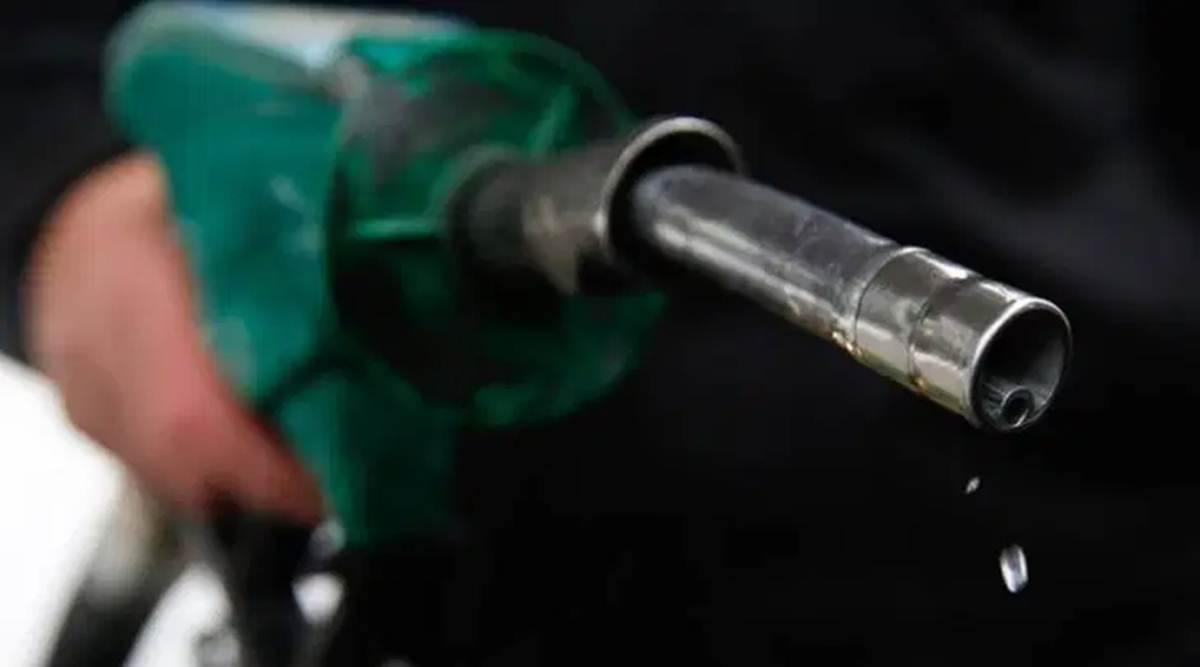March 3, 2021 7:04:59 pm
 It is important to look at this issue beyond the current context of record fuel prices.
It is important to look at this issue beyond the current context of record fuel prices. Written by Aniruddha Ketkar, Ashwin Gambhir and Ashok Sreenivas
Despite petrol prices touching ₹100 a litre in some parts of the country, the government has been reluctant to reduce the various taxes and duties on transport fuels, which would have lowered the consumer price of these fuels for the common man. This is because the energy sector and specifically petroleum products like petrol and diesel have been among the biggest contributors to government tax revenue for the past several years.
It is important to look at this issue beyond the current context of record fuel prices. As much as 18 per cent of the total tax revenue for the central and state governments combined comes from the energy sector in a typical year, with the Centre’s dependence being as high as 25 per cent. Of the Rs 6.5 lakh crore tax revenue from the energy sector in 2019-20, the lion’s share — Rs 6 lakh crore — is contributed by the petroleum (and natural gas) and coal sectors. As much as 83 per cent of the energy tax revenue accrues from the petroleum sector for the Centre while the balance is made up by coal. For states, while the share of petroleum is the same, most of the balance (15 per cent) comes from electricity duty.
Though the dependence of states on coal for tax revenue may seem minor, royalty from coal forms a significant portion of non-tax revenue for coal-bearing states. The overwhelming reliance of the Centre and states on the petroleum sector to shore up their revenues was evident last year when the Centre hiked the excise duty on petrol and diesel while various state governments increased VAT on them to bridge their revenue gap.
Coal and petroleum are the bedrock of the electricity and transport sectors respectively in India. However, there is an ongoing slow but steady transition away from these fossil fuels towards renewable sources of energy. The transition in the electricity sector is already visible, with rapidly falling prices of solar and wind-based electricity making them economically attractive options. In fact, the share of renewables in total generation has been steadily rising and is likely to improve from ~10 per cent in 2019-20 to ~32 per cent by 2029-30 as per a report from the Central Electricity Authority. Falling prices of battery-electricity storage and innovative models of renewable electricity procurement indicate that the transition in the electricity sector is only going to accelerate going forward, and is reflected in the ambitious target of 450 GW of renewable energy by 2030 announced by the government.
Falling battery storage prices are an important driver for electrification of transport too, and this is reflected in falling prices (and increasing “ranges”) of electric vehicles (EV). Full electrification of Indian Railways by 2023 and tax exemption schemes from various state governments to increase the share of EVs coupled with an optimistic outlook from automobile manufacturers will spur this transition, though it may lag the electricity transition by a few years.
These changes in the energy sector have a few important implications. First, given the heavy dependence of the Centre and states on petroleum in particular and fossil energy in general for their tax revenues, the energy transition towards renewables will strain government revenues unless the taxation regime is reformed. The greatest impact will come from the transport sector’s transition towards electric and other non-petroleum fuels, though the transition away from coal in the electricity sector will also have a non-trivial effect on the Centre’s tax revenues and royalty earnings for coal-bearing states.
Second, the Central and state governments in India often have differing priorities with respect to the energy sector. The Centre’s perspective is informed by macroeconomic stability, economic growth, and geostrategic issues, while states are driven more by local concerns and political realities, including energy access and affordability, and local jobs and economies. Reforming the tax policy in light of the energy transition is likely to bring these differences into sharper focus and add to the prevailing challenges of Centre-state dynamics.
Third, though the transition to cleaner energy is desirable, unlike in the West, it will be politically difficult and morally inappropriate for India to use energy and carbon taxes as a tool to incentivise the transition, given the already high levels of taxation co-existing with very low levels of energy consumption.
Fourth, the tax revenues from the energy sector are likely to come under strain even as the pressure for increased energy price subsidies for different consumer segments grows — with increasing numbers of poorer households and smaller enterprises gradually consuming more energy in the form of electricity, LPG and other energy services.
As the energy transition gathers pace, these knotty challenges to government revenues, Centre-state dynamics and energy pricing have to be dealt with. While the energy transformation is likely to take place gradually over a decade or two, the attendant reforms required in the tax and pricing regimes are equally complex and require nuanced political negotiations, in addition to careful analyses. The experience of the GST reform -– which took over 15 years to pilot through after being formally proposed — tells us that the finance, energy and governance communities need to begin conversations around this next set of challenges now.
( The writers are with the Prayas (Energy Group), an energy policy research and advocacy organisation based in Pune. This article is based on their working paper available at bit.ly/EnergyTaxTransn )